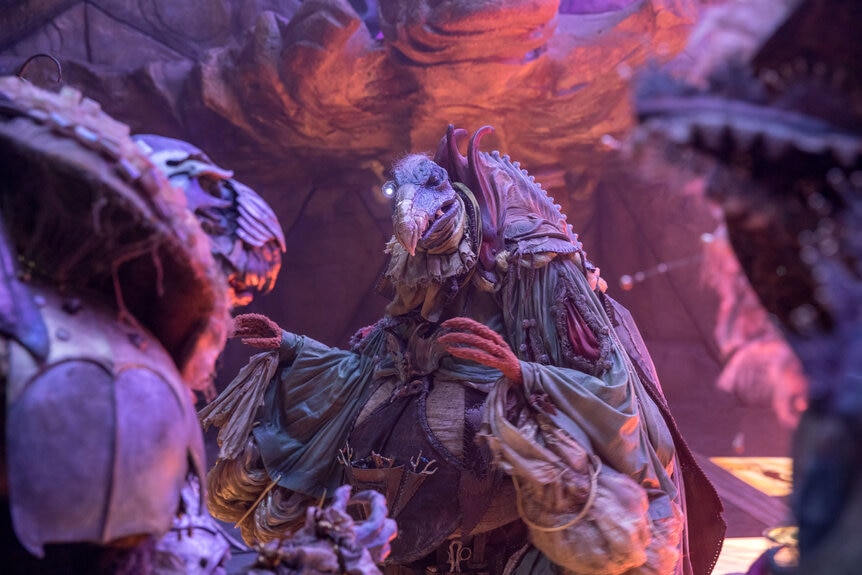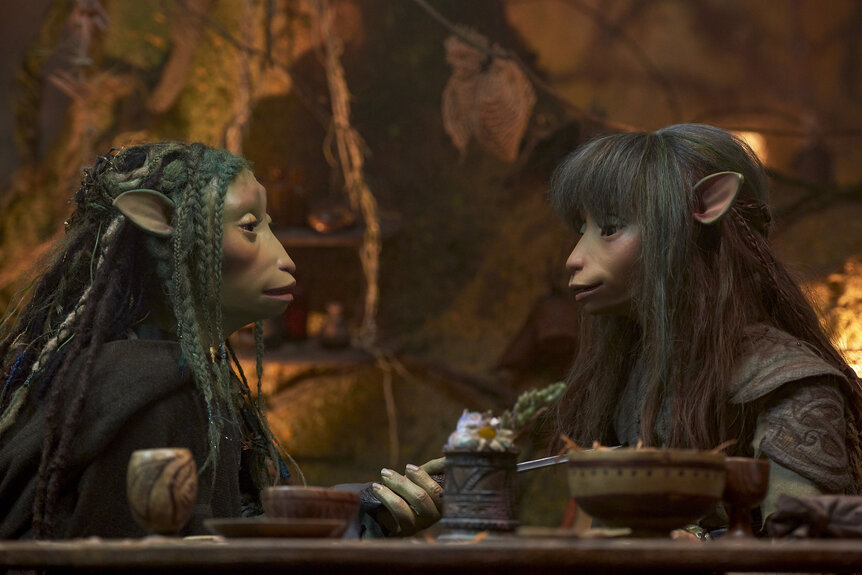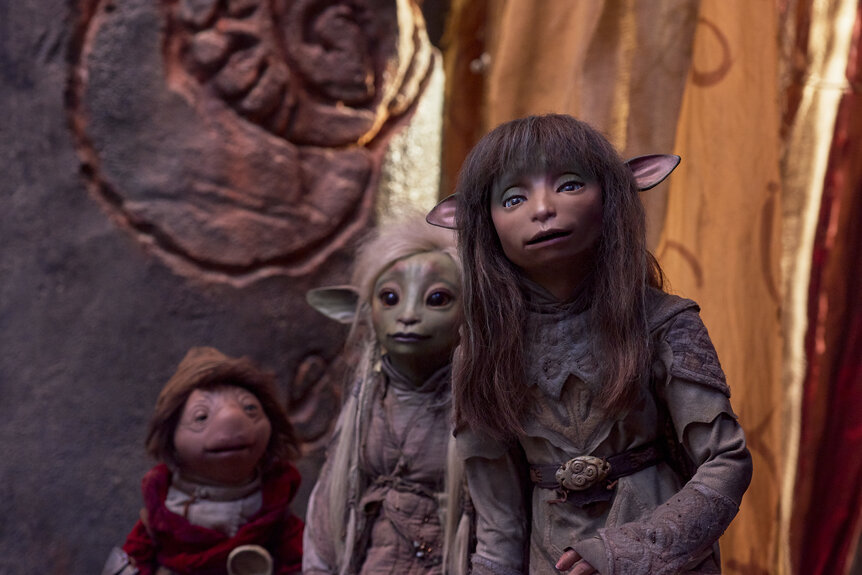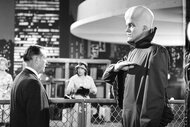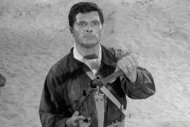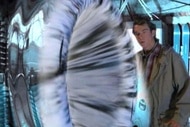Create a free profile to get unlimited access to exclusive videos, sweepstakes, and more!
The Dark Crystal prequel is a horror about evil billionaires that will scare kids — and that's the point
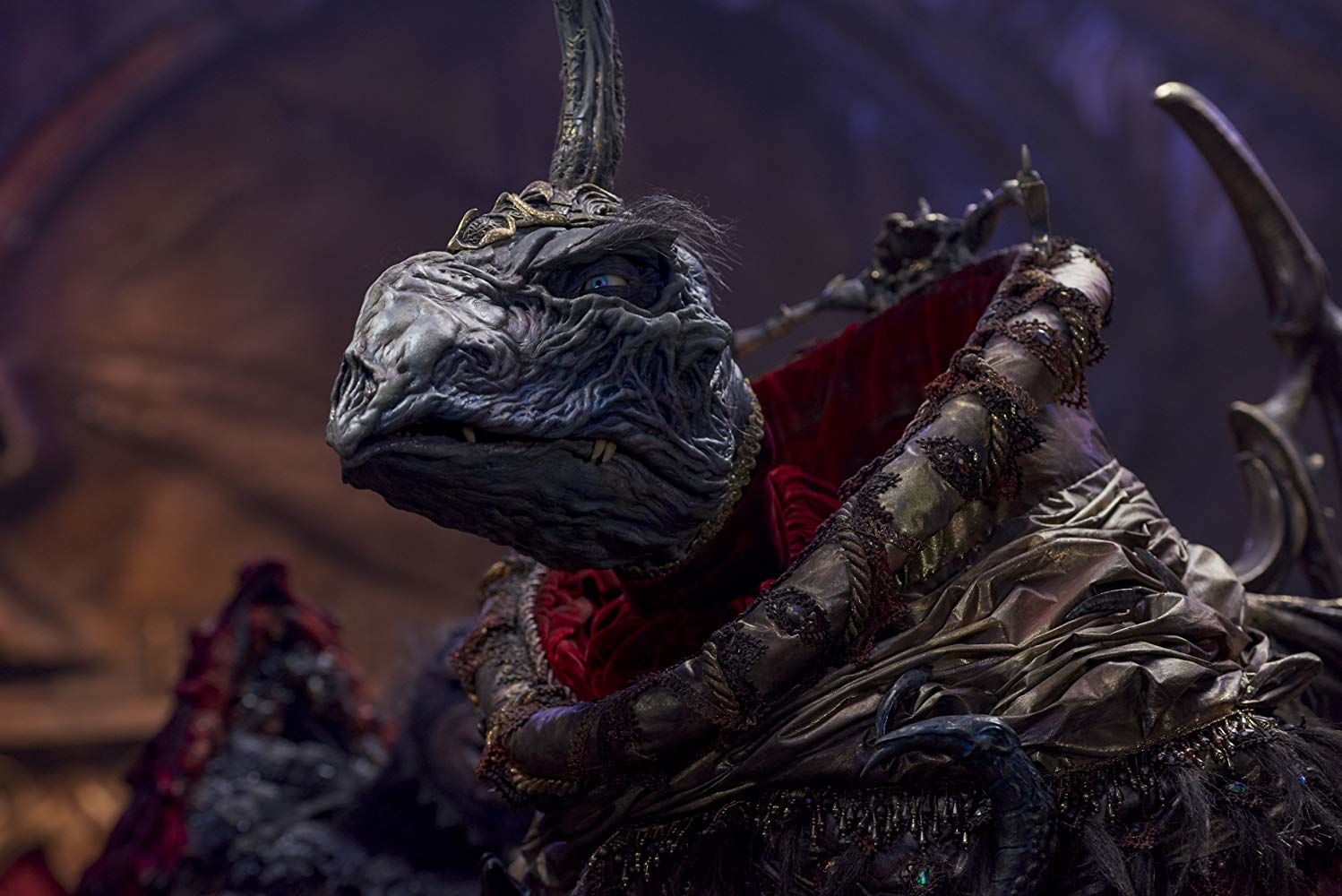
Around the time I started watching the screeners for The Dark Crystal: Age of Resistance, a story in the New York Times detailed the late financier and sex trafficker Jeffrey Epstein's quest to fund research into eugenics and largely discredited medical techniques that might have allowed him to live forever.
Then the Amazon went up in flames, a crisis driven by greedy ranchers and a government run by a fringe-right conspiracy theorist who rejected the laughable pittance being offered by the world's most powerful economies.
And through it all, a civil war raged here at home in the U.S., stoked by leaders seemingly focused only on their own profits.
I could have used a distraction, but the Netflix puppet show about a mystical world filled with elfin-like heroes and adorable furry creatures offered no relief. Instead, I saw reflections of these real-world nightmares, including deceit, environmental destruction, and death.
Was I reading too far into it, my mind warped by the onslaught of tragedies presented by cable news? As I interviewed the cast and artists behind the show, I told them about my view of it. Co-executive producer and writer Jeffrey Addiss had the most succinct answer: "We wanted it to be upsetting."
Mission accomplished.
**Spoiler Warning: There are spoilers for Netflix's The Dark Crystal: Age of Resistance below**
In the new series, set long before the original 1982 movie, the elfin Gelfling are being tricked by the ruling Skeksis, a small cabal of giant, snot-filled, vulture-esque villains. The Skeksis' mostly hands-off dictatorship begins to turn when their sniveling scientist discovers they can grow more powerful and even approach immortality by draining and consuming the "essence" of the noble Gelfling. The first episode ends with what seems to be one of the two Gelfling protagonists having her essence drained, a torturous process that has her screaming until she turns to dust.
To a person, everyone I spoke to, from Addiss and his creative partner Will Matthews to director Louis Leterrier and star Jason Isaacs, laughed when I mentioned how striking it was to watch this innocent puppet be tormented and mutilated. Many said that in the writers' room and on set, they had a shared mantra: "This ain't The Happy Crystal."
It's a fun show, no doubt, with fanciful creatures and gorgeous new sets, but those things only serve to make the dark parts even scarier. Leterrier says that he saw the original film, which was directed by Jim Henson and Frank Oz, when he was far too young, and it left him "traumatized." It also inspired him to be a filmmaker, and so he sought to bring back both the classic puppetry techniques with which the original film was made and its macabre and downright sinister undertones.
The Skeksis, their personalities each based on one of the seven deadly sins, can be charismatic and funny, especially when they're beating on one another and exercising their stupidity. But the charm only lasts so long, especially as their thirst for Gelfling essence — and thus their enthusiasm for mass murder — grows.
"One of the things that we always talked about was that we wanted the Skeksis to be horrible," Addiss explains. "[We wanted] to have fun with them, but then every so often we had to pull the rug out and remind you that they are monsters, that they are horrible characters. Then you start to like them again and love them again, 'cause they make jokes, and then we can pull that rug out."
Their evil was specifically tailored to this moment in time; history repeats itself, especially when it comes to the machinations and twisted visions of mad dictators, but the Skeksis sacrificing their subjects and hoarding their resources as they allow — and fuel — an apocalyptic Darkening was not a generic evil.
"I've always thought that immortality was the most puerile thing you could ask for, because it's almost like you're working to invalidate life of its meaning," executive producer Javier Grillo-Marxuach says. "We obviously are trying very hard to create a story that's archetypal and that has universal themes, but it's very hard to not look at the Dark Crystal and not see our world, because we live in this world and we are sometimes suffering the actions of people like the Skeksis. Especially, vis a vis climate change and people trying to hoard resources, people trying to become immortal, even."
So I wasn't crazy, even if Grillo-Marxuach didn't come out and overtly endorse my Epstein comparison. And that's fair — the show was in the can long before the extent of the late financier/rapist's nightmarish misdeeds became public. But the show is filled with nods to our larger troubled times, from a dying planet (the Darkening that comes for Thra) to Gelflings being kept in cages to power-addicted Skeksis chanting "Drain! Drain! Drain!" as Gelflings are tortured in latter episodes.
The civil war between Gelflings is equally unsettling — some are misguided and want to stay loyal to the Emperor, becoming pawns in his plan and guaranteeing their own demise. Sounds familiar.
As star Jason Isaacs, who voices the evil Emperor, says, you can either just enjoy the gorgeous puppetry and aesthetics, or if you want to look deeper, "you can be forced to think about the world that we live in, how we treat each other, and what we're doing with our resources."
Even if you want to just enjoy the aesthetics and artistry, it can be hard. You almost forget that Dark Crystal is ostensibly a children's show, except for the fact that these are puppets being thrown off cliffs and stabbed. In fact, the fact that these are puppets makes it somehow more horrifying.
"It's because they're pure," Grillo-Marxuach says. "That's the thing about puppets: Because they are designed, because they are written and created in our brains, built, fabricated, and brought to life, they can be purer. They can be the sweetest, rascal creatures that you've ever seen, and so when things happen to them, you actually do feel it more keenly."
Seeing puppet-on-puppet violence makes it doubly jarring — not only do we see puppets being tortured, it's being inflicted on them by other puppets. Sure, the Skeksis are somewhat visually terrifying, but rare was it that one of Jim Henson's shows featured purely evil creatures. And the Skeksis are pure evil, their cruelty amplified by the expert movements of the Henson Company puppeteers.
"It's about the vocabulary of movements," puppeteer Dave Chapman, who worked the evil Emperor Skeksis, told SYFY WIRE. "Are they angry? Do they look like they're stomping around a little bit, do they look like they would just reach out of the TV screen and bite your face?"
Creating distinct personalities and giving each Skeksis particular movements also helped to personalize them. The Gourmand stuffs his beak with food, the Scientist skulks around, the Chamberlain smiles wide and schemes. They are the most vicious toys you'll ever see.
That they have real-world analogs only makes them scarier.
The views and opinions expressed in this article are the authors', and do not necessarily reflect those of SYFY WIRE, SYFY, or NBC Universal.
